Benghazi chronicles
Visual Sunday
Years ago, on one of my first trips to Tripoli, I remember standing outside the hotel my family and I were staying at, waiting for our taxi, and noticing the giant-sized poster facing me on the other side of the street.
It portrayed Gaddafi, wearing his symbolic Ray Bans and gazing into the distance. In the background was a gold and green outline of the African continent. A dozen green flags were waving off poles surrounding the billboard.
This is the spirit that I wanted to capture on my first trip to post-revolution Libya. The pride, the pain, the euphoria, the optimism, the sense of rebirth and anticipation of a better future.
Even though I was still young at the time, I remember my incredulity at this sight. Never had I witnessed such an Orwellian display of power.
I then remember taking out my little digital camera, to somehow immortalise the absurdity of Libya’s reality. But before being able to snap a shot, my mother gave me a severe look and told me to put the camera back in the bag immediately.
In Libya, until little more than a year ago, walking in the streets with a camera would attract the wrong kind of attention.
Speaking your mind — that is, uttering thoughts and ideas which clashed against or could be perceived as questioning the norm set by the regime — could land you in very wrong places.
On February 15 and throughout what become known as the February 17 Revolution, Libyans set out to reclaim their dignity and their most basic human rights, which they have achieved, to a certain degree, after a long and hard-fought battle.
This is the spirit that I wanted to capture on my first trip to post-revolution Libya last June. The pride, the pain, the euphoria, the optimism, the sense of rebirth and anticipation of a better future. I wanted to (re)discover my country.
Rima Bughaighis is a Libyan activist and lawyer, living in the United Kingdom. These photos and captions are collected during her visit to Benghazi in 2011 and 2012.
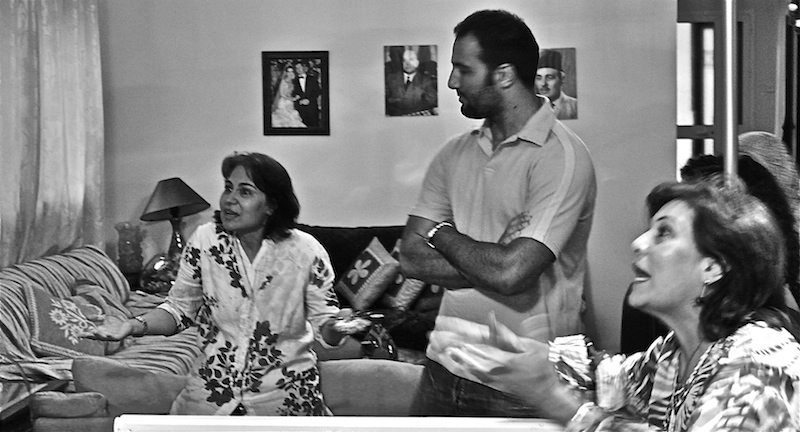
Aunts and cousin recalling the first days of the revolution — “In the matter of minutes, with the other lawyers at the courthouse, we prepared posters asking for the rule of law and a constitution guaranteeing basic civil rights. That was at 10.30 am. Later that same day [after the regime sent tanks and troops to surround the courthouse], we were calling for the fall of the regime”. Al Shaab yooreed isqat al nizham.
Benghazi, June 25, 2011
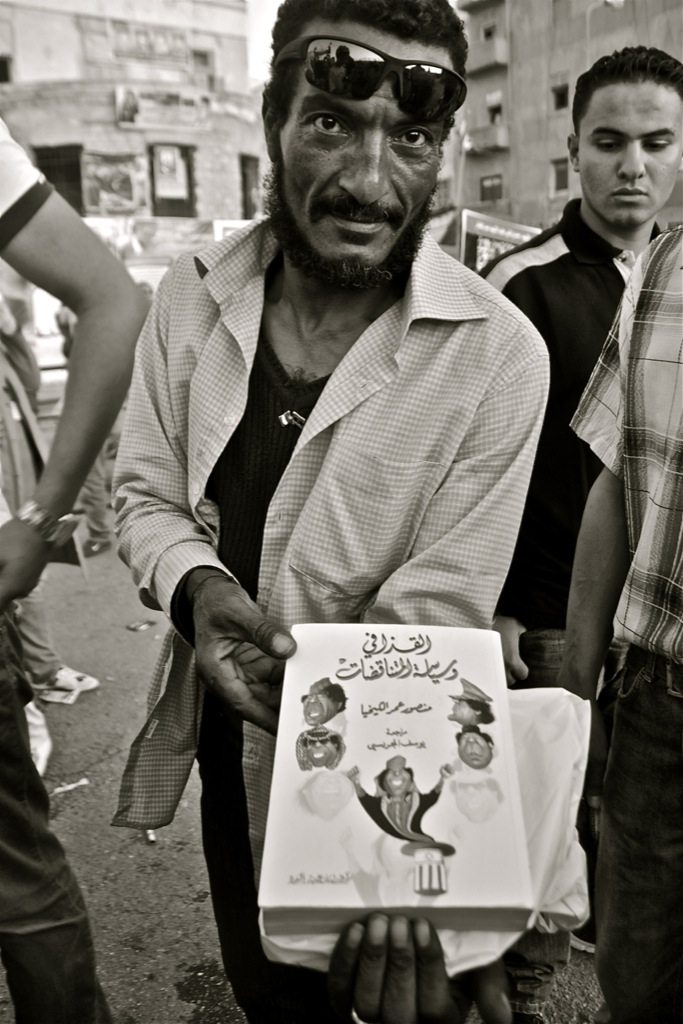
A man holding a previously censored book critical of the Gaddafi regime — Libya’s Gaddafi: The Politics of Contradiction.
Benghazi, June 27, 2011
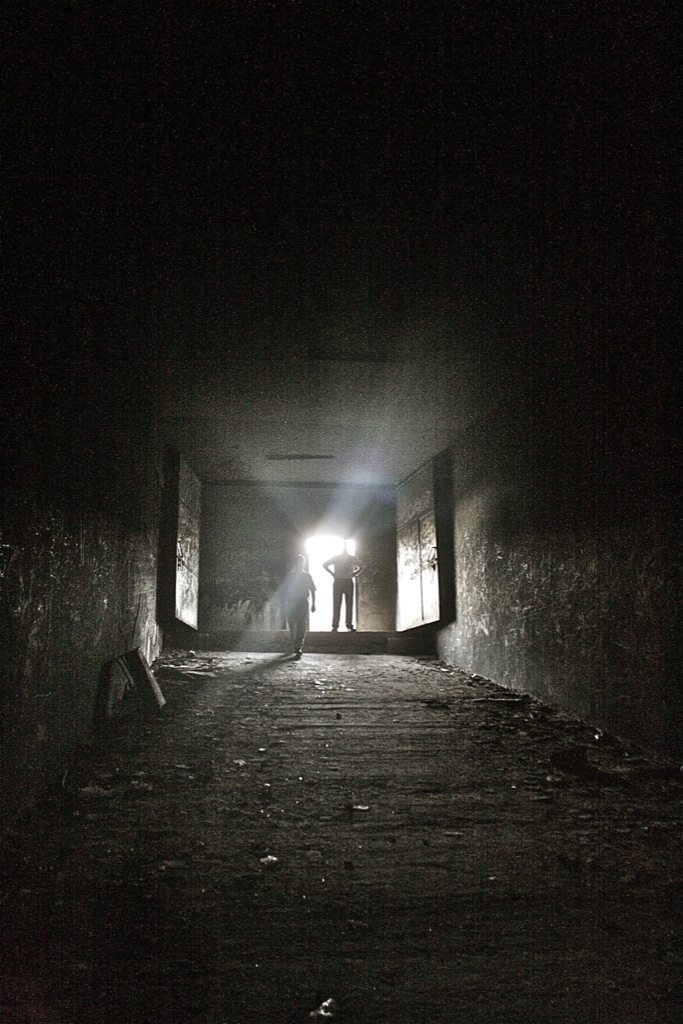
Underground prison at Benghazi’s kateeba (military garrison), which fell to the hands of protestors on February 20 and effectively marked the liberation of Benghazi.
Benghazi, June 28, 2011
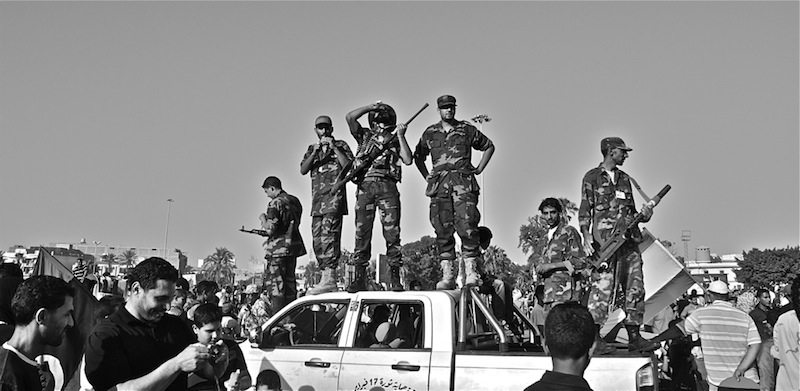
Security at rally in support of Tripoli.
Benghazi, July 6, 2011
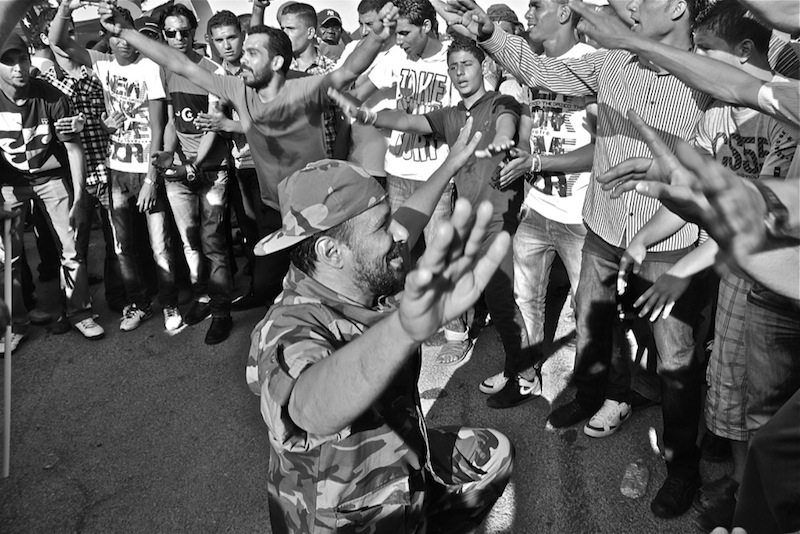
A Libyan “Kishk” dance at the rally in support of Tripoli.
Benghazi, July 6, 2011
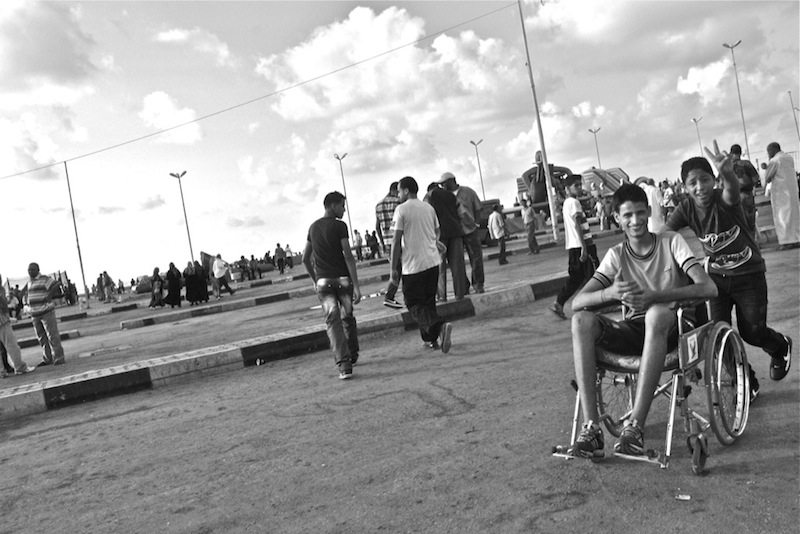
Kids near Benghazi’s courthouse and Freedom Square.
Benghazi, February 17, 2012
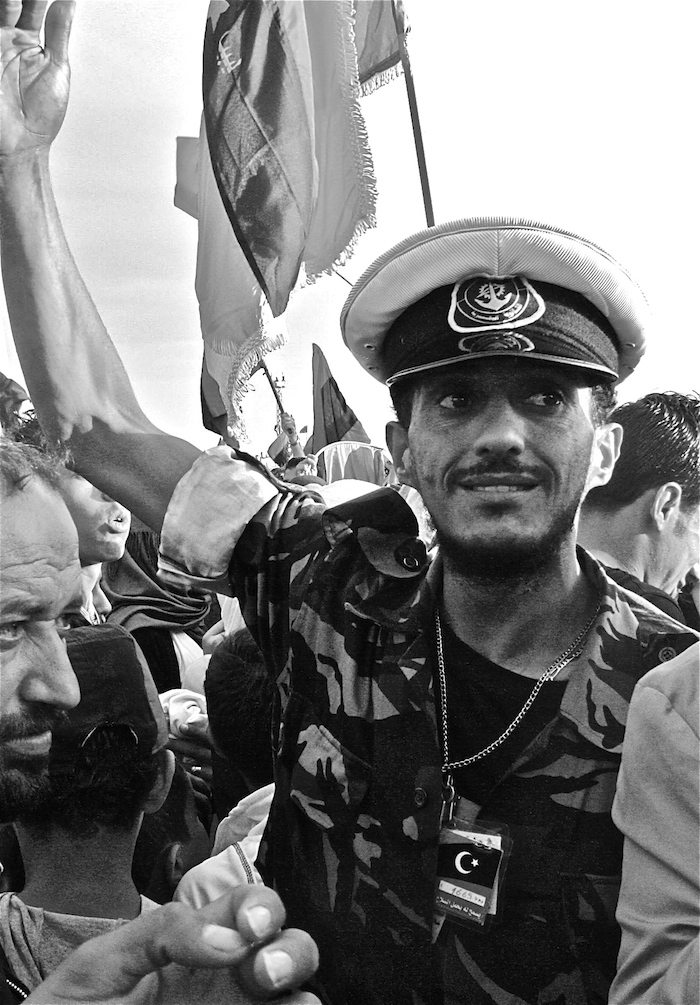
Tha’er (Rebel) managing the crowd during Mustafa Abdel Jalil’s speech at Keesh Square on liberation day.
Benghazi, October 23, 2011
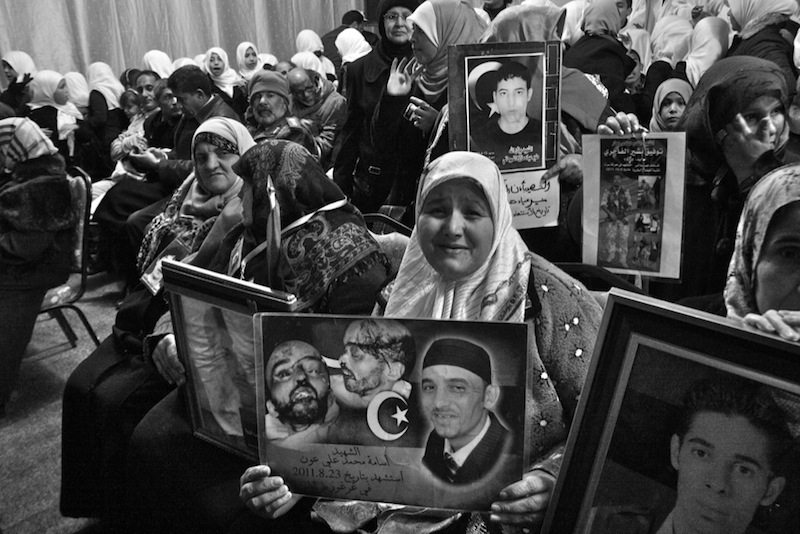
Mother holding picture of her son, killed during Tripoli’s liberation, at a gathering commemorating the Libyan revolution.
Benghazi,February 16, 2012
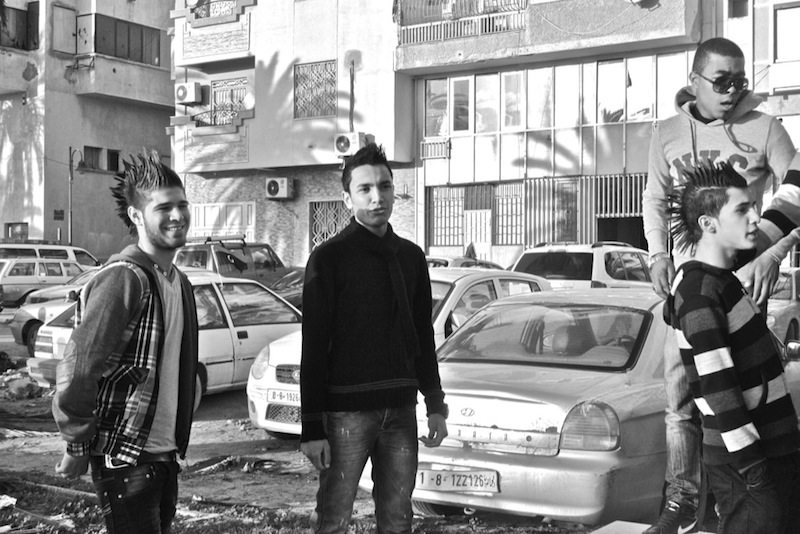
Benghazi’s youth out in the streets.
Benghazi, February 17, 2012
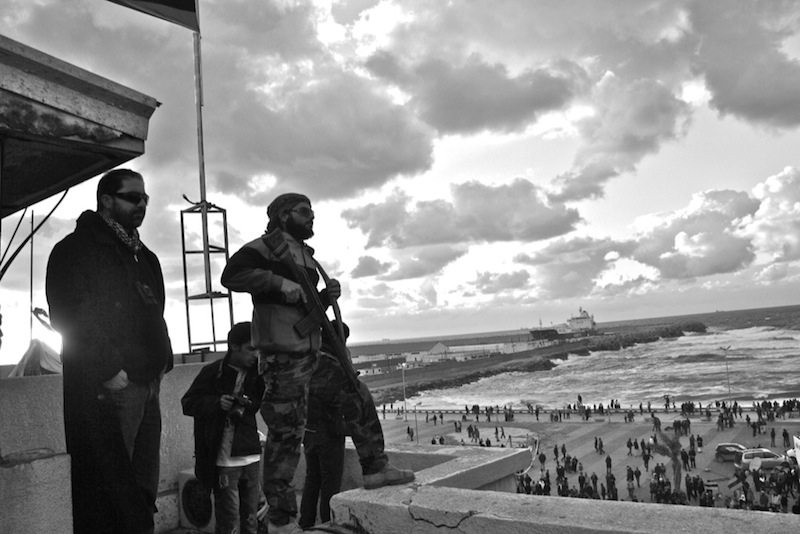
On the courthouse’s rooftop.
Benghazi, February 17, 2012
7 thoughts on “Benghazi chronicles”
Leave a Reply
You must be logged in to post a comment.







Amazing pictures, they are just alive in front of you. They brought tears in my eyes..Bravo!!
Brava Rima! I’m proud of you, your photos and your reportage :)